Business & Profession: Complete FAQs & Compliance Guide (India)
Running a Business & Profession in India brings specific income-tax rules: keeping books of account, knowing when tax audit (44AB) applies, deciding if presumptive taxation (44AD/44ADA/44AE) fits you, and following cash-payment and TDS restrictions. This page explains each topic step by step—which ITR to use (ITR-3/ITR-4), what books professionals must keep under Rule 6F and how long to retain them, when you can skip books/audit under presumptive, and how partner remuneration/interest is allowed under section 40(b). We’ve cited the Income Tax Department’s help pages, tutorials and tools so you can comply confidently and avoid common disallowances.
Business & Profession — Frequently Asked Questions
Closing Notes — Business & Profession
Do the basics right—keep books (Rule 6F), watch cash limits, deduct/deposit TDS, and check if 44AB audit or 44AD/44ADA presumptive applies. Reconcile AIS/TIS, claim valid expenses only, and use the Department’s calculators/tools (depreciation, partner remuneration) to avoid disallowances and notices.
Next steps
- See the Income Tax FAQs hub for more categories.
- Need the basics? Visit Computation of Tax — FAQs for heads of income, GTI vs Total, rebate 87A, surcharge and marginal relief.
- Read FAQs on Tax on Presumptive Taxation Scheme
- FAQs on Income Tax Return (ITR) Filling
Last updated: Oct,2025. Tax thresholds/rates change; if something looks off or you need a scenario added, send us a note and we’ll update quickly.
Disclaimer: The information on this page is for general guidance only and is not tax, legal or professional advice. Laws and thresholds change, and application depends on your facts. While we aim to keep content current (Finance Act, 2025), errors or omissions may occur. Always refer to the Income-tax Act/Rules, CBDT notifications/circulars and consult a qualified advisor. If there is any conflict with the law, the official provisions prevail. TaxBizMantra and the authors accept no liability for actions taken or not taken based on this material; examples are illustrative and do not create a client–advisor relationship.
Key official sources
- ITR help (Business/Profession; ITR-4) — eligibility, presumptive scheme, thresholds. Income Tax Department+1
- Tax audit (44AB) FAQ — thresholds incl. 5% cash condition. Income Tax India
- Books of account (Rule 6F) & retention — rule page + tutorial. Income Tax India+1
- Presumptive FAQs & tutorials — books/audit relief; advance-tax by 15 March. Income Tax India+2Income Tax India+2
- Cash-payment disallowance (40A(3))/Rule 6DD — tutorial. Income Tax India
- TDS non-deduction disallowance (40(a)(ia)) — TDS FAQs. Income Tax India
- Partner remuneration tool (40(b) caps) — official calculator. Income Tax India
- Depreciation tools/tables & Form 3CD — block concept & reporting. Income Tax India+2Income Tax India+2
- Deposit TDS (ITNS-281) — modes and e-payment requirement. Income Tax India

